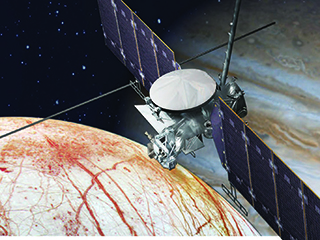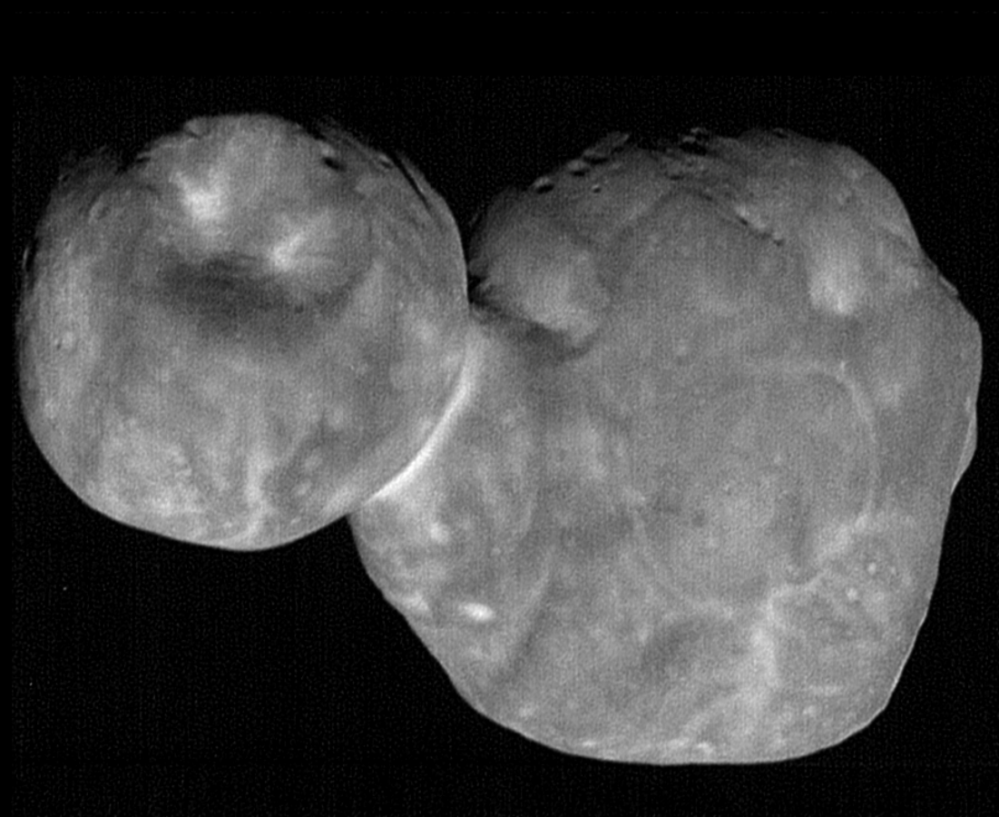
An extrasolar planet is a planet that orbits a star that’s not our sun. Even though these planets can be recognized, and their sizes measured, they are light years away so it would take astronomers thousands of years to reach these extrasolar planets. To detect these planets, scientists use either one of two methods: doppler and transit.
The doppler method measures the star’s wobble. The wobble is caused by the force of gravity from exoplanets themselves, pulling the stars in different directions during their orbits. Measuring the wobble also makes it possible for astronomers to measure the planet’s mass. The greater the wobble of the star, the greater the mass of the exoplanet.
The transit method: after observing a star over a period of time, astronomers sometimes notice a faint dimming of its light. This dimming is probably caused by a planet orbiting past it. Taking note of the “size of the dim” through the transit method gives away the size of the planet. The doppler technique gives astronomers the mass of the exoplanet, and the transit method gives them the radius/physical size.
Combining the results, astronomers are able to calculate the density of the exoplanet. The value of the density of the planet is then used to determine the kind of planet that has been discovered. Ie, is it a rocky planet like earth or a gaseous, giant planet like Jupiter? A gas giant like Jupiter has a low density, and a rocky metallic planet like earth has a high density.
What will it take to find a planet like earth? There is a difference between being earth-sized and being earth-like. Astronomers have discovered hundreds of planets that may be the same size as our earth but a planet must be at the right distance from its star, to have the right conditions where liquid water could exist on its surface. We are not entirely sure of what the atmospheres on these earth-like planets may be like, or whether these earth-like planets actually have atmospheres but we are excited to discover what could be our very own twin planet!















